Best AI Tools for Sales Engineers in 2025
This article breaks down how AI tools are changing that. You’ll learn why modern sales engineering tools matter, explore the best AI platforms for 2025
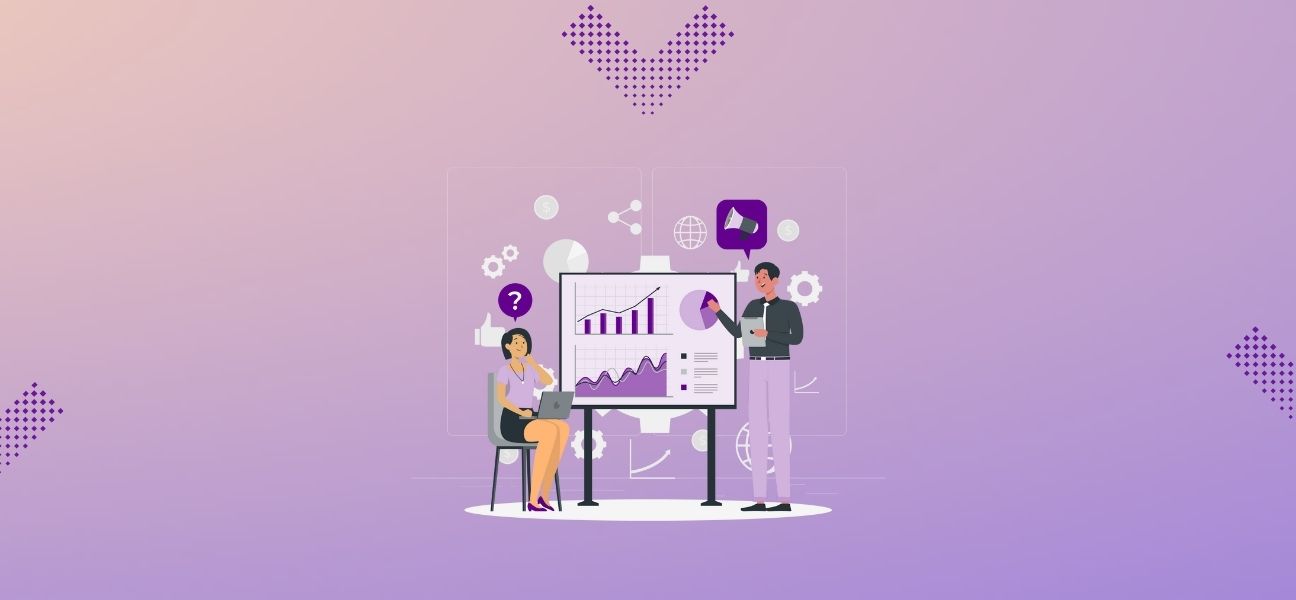
Have you noticed how your sales engineers spend more time building proposals, chasing data, and updating spreadsheets than actually solving customer problems? Sales engineering is meant to be a bridge between technical depth and business outcomes, but when processes slow you down, that bridge starts to crack.
Sales Engineers are hybrid professionals; they combine deep product expertise with sales strategy, helping prospects understand how a solution truly fits their technical and business needs. Yet too often, they get buried under repetitive documentation, manual RFP responses, and endless tool-switching.
This article breaks down how AI tools are changing that. You’ll learn why modern sales engineering tools matter, explore the best AI platforms for 2025, understand what features to look for, uncover common challenges (and fixes), and see how automation can finally give your team time back to focus on winning more deals.
Key Takeaways
- AI tools are transforming sales engineering by automating time-consuming tasks like proposal generation, lead scoring, and content management.
- Top AI tools like Inventive AI are transforming RFP automation, drastically speeding up the process, improving accuracy, and driving higher win rates.
- Key features to look for in AI tools: automation accuracy, integration with existing systems, collaboration tools, and real-time analytics.
- Challenges of implementing AI include data silos, team adoption, and high costs, but can be addressed with the right strategy.
- The future of sales engineering is AI-powered, with more efficient processes, smarter forecasting, and better customer engagement.
Sales Tools and Their Importance
For sales engineers to perform at their best, the right tools are not just helpful, they’re foundational. Sales engineering sits at the intersection of product expertise and customer engagement, and without the right systems, even the most skilled SEs can lose valuable time on repetitive, manual tasks.
Sales tools encompass everything that supports your technical selling process, from CRMs and proposal automation software to AI-driven content engines and meeting transcription tools. These platforms help you move faster, stay organized, and maintain accuracy across every customer interaction.
Why They Matter for Sales Engineers:
- Accelerate Technical Responses: Quickly generate accurate answers to complex client requirements using pre-built content and automation.
- Reduce Manual Workload: Free up your team’s bandwidth to focus on designing solutions, presenting demos, and closing deals.
- Ensure Consistency: Maintain alignment in tone, accuracy, and messaging across all proposals and client communications.
- Gain Actionable Insights: Use data-backed analytics to evaluate performance and improve response strategies.
According to Gartner, nearly 73% of sales operations professionals spend most of their time on administrative or support tasks rather than selling. That same trend affects sales engineers, who often get stuck managing content instead of crafting technical value.
When your team spends less time fighting fragmented systems and more time engaging with prospects, you not only shorten deal cycles but also elevate customer experience and increase win rates.
Choosing the right stack of sales tools isn’t a tech upgrade, it’s a revenue strategy that directly impacts your ability to win business.
Maximize Your Sales Team’s Productivity
With Inventive AI, reduce manual work and create accurate proposals 10x faster, driving more wins and faster deals.
Top AI Tools for Sales Engineers in 2025
As a sales engineer, you likely juggle multiple tools, each solving one piece of your workflow. Below is a curated list of the top AI tools in 2025 that address everything from proposals to meeting notes to workflow automation. You’ll get a comparison table and in-depth breakdown of each.
Inventive AI

When it comes to sales engineering, no other platform matches Inventive AI’s precision, speed, and intelligence. Trusted by many, Inventive AI has set the benchmark for AI-driven RFP automation, helping organizations respond 90% faster, achieve 95% content accuracy, and win more deals with less effort.
Sales engineers face constant pressure, tight deadlines, complex technical questionnaires, and endless content revisions. Inventive AI eliminates that grind. It acts as your AI RFP Agent, understanding every requirement, drafting technically accurate responses, and ensuring complete alignment with your product documentation and compliance data.
Features:
- Accelerated Response Drafting: With Inventive AI’s AI RFP Agent, your team can generate responses 10x faster, giving you a clear advantage in time-to-first-draft and improving overall efficiency.
- High Accuracy & Zero Hallucination: The platform ensures 95% accuracy and a guarantee of 0% hallucination, so your responses remain credible and technically sound.
- Unified Knowledge Source: You build a single hub for all previous RFPs, internal documentation, spreadsheets, Google Drive & SharePoint content, so your team draws from one consistent source.
- AI Content Manager: The system proactively flags stale or conflicting content, ensuring responses use fresh, relevant information only.
- Win Themes Integration: Inventive AI identifies content gaps across your responses and supports capturing insights from calls, Slack, emails and other channels, so your proposals continuously improve and your win rate climbs. (You can expect 50% or more win rate improvement with consistent usage.)
- Focus on Business Outcomes: This is about enabling your sales engineering team to win more, reduce cost per proposal, and consistently deliver winning content.
Pros:
- Central hub for all your knowledge sources (legacy documents, sheets, internal systems)
- AI Content Manager flags stale or conflicting content, so your responses stay current
- Automated “Win Themes” identify content gaps and mobilize internal knowledge automatically
Cons:
- Limited analytics compared to broader sales enablement platforms
Best For:
- Enterprise sales engineers handling complex, technical RFPs
- Proposal and bid management teams responding to high-volume opportunities
- Legal, compliance, or procurement departments needing accurate, audit-ready documentation
- Revenue and sales operations leaders focused on improving win rates and cycle efficiency
- Large enterprises seeking a single, secure platform for all RFP and proposal activities
Gartner Rating: 5/5
If your sales engineering team wants faster, more accurate responses and higher win rates, Inventive AI is the smart choice.
Gong
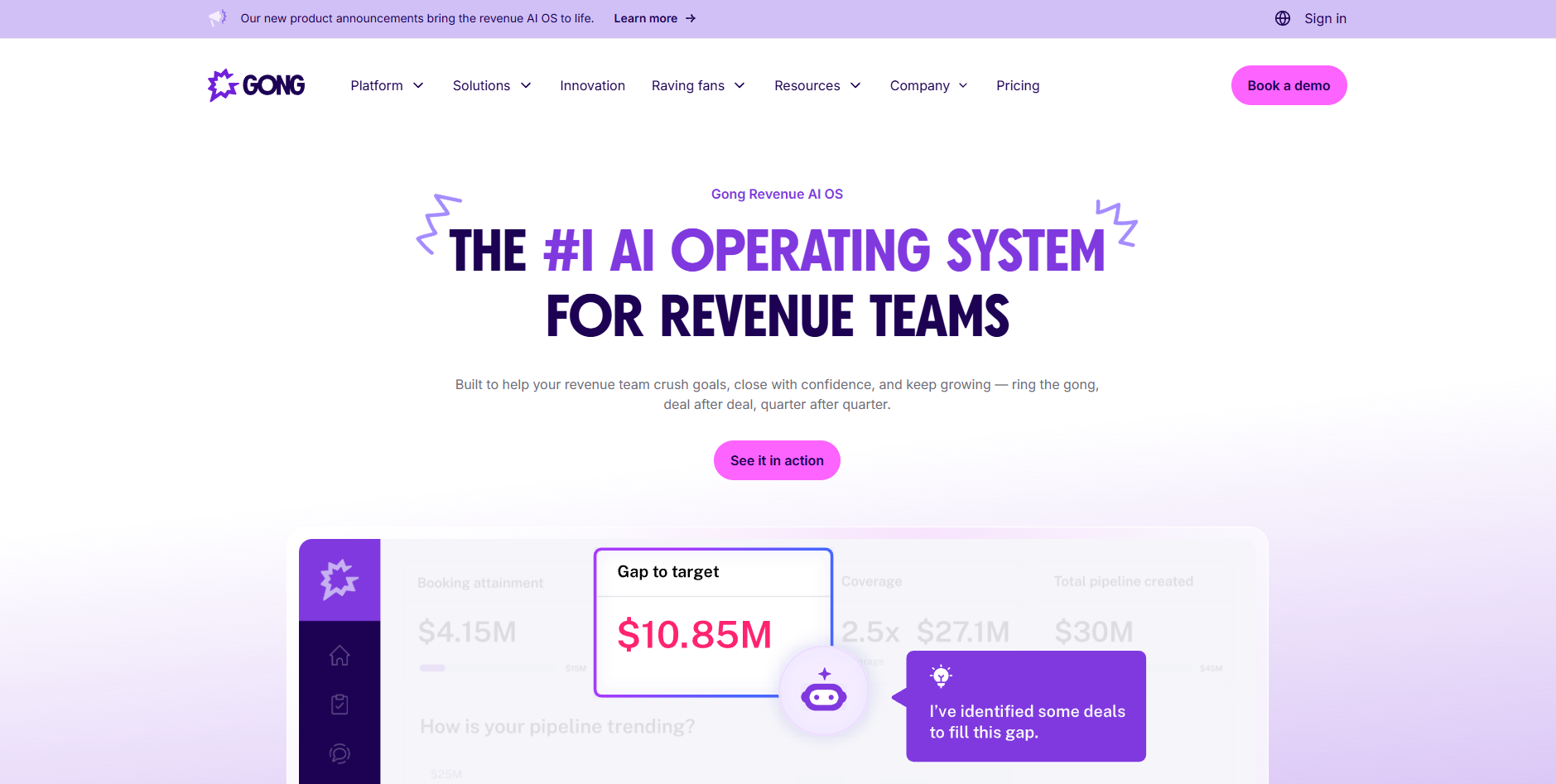
Gong helps sales engineers understand customer intent better by analyzing every conversation. It records and transcribes sales calls, then applies conversation intelligence to highlight buying signals, technical objections, and competitor mentions. But, Gong focuses more on communication analysis than actual proposal execution.
Features:
- Automatically records and transcribes sales calls and meetings, giving you searchable conversation data.
- Uses conversation intelligence to spot buying signals, highlight customer concerns, and reveal trends across deals.
- Integrates with major CRM systems and calendars to embed insights directly into your sales workflow.
Pros:
- Helps analyze customer conversations and identify buying signals.
- Integrates with major CRMs for better visibility into interactions.
Cons:
- Focuses mainly on call analysis; offers no support for RFP or proposal workflows.
- Lacks automation for technical documentation or knowledge management.
- Provides limited collaboration features for sales engineers working on complex deals.
- Heavy data storage requirements and potential privacy concerns for recorded calls.
Gartner Rating: 4.7/5
Gong sharpens your conversation strategy, but when it comes to proposal automation and cross-functional collaboration, it falls short.
Clari
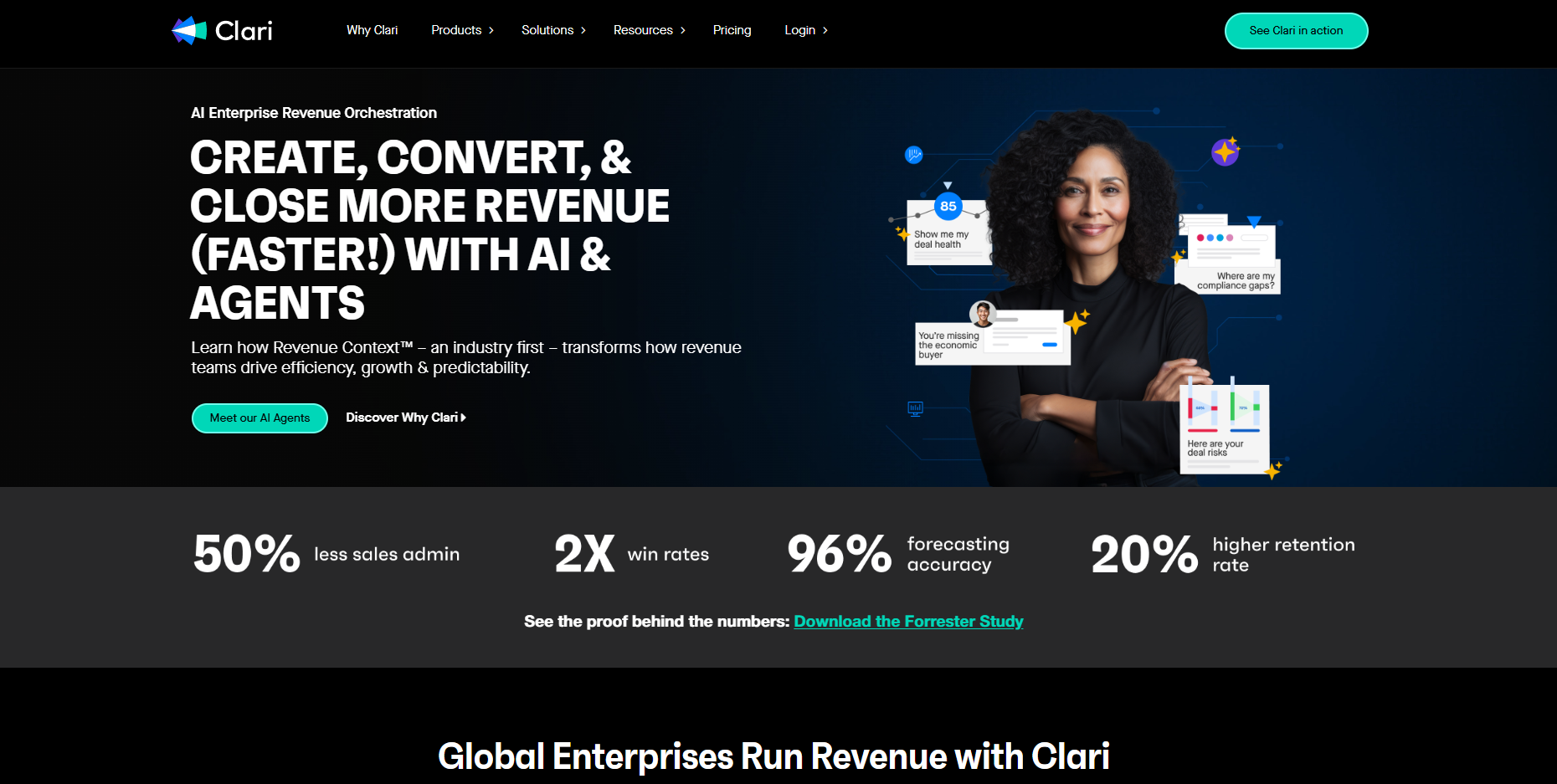
Clari gives sales engineering and revenue teams a real-time view of the pipeline. Its AI-driven forecasting and analytics help sales engineers understand deal progression, technical blockers, and revenue confidence levels. However, Clari’s focus is primarily on forecasting accuracy, not automating RFPs or technical proposal creation.
Features:
- Provides AI-powered forecasting with high accuracy for complex revenue models, including subscriptions and consumption.
- Offers “Copilot”-style AI assistant features that review deals, take notes, analyse patterns and coach reps in real time.
- Delivers a unified view of revenue context by connecting signals from multiple workflows and enabling action.
Pros:
- Great for forecasting and visualizing sales pipelines.
- Provides insights into revenue health and deal probability.
Cons:
- High cost and complex implementation for small or mid-sized teams.
- Doesn’t address proposal creation or technical content automation.
- Limited customization for engineering-driven sales cycles.
- Requires dedicated admins to maintain data accuracy and dashboards.
Gartner Rating: 4.4/5
Clari helps monitor your sales funnel, but if your challenge is building accurate technical proposals, it won’t close that gap.
HubSpot
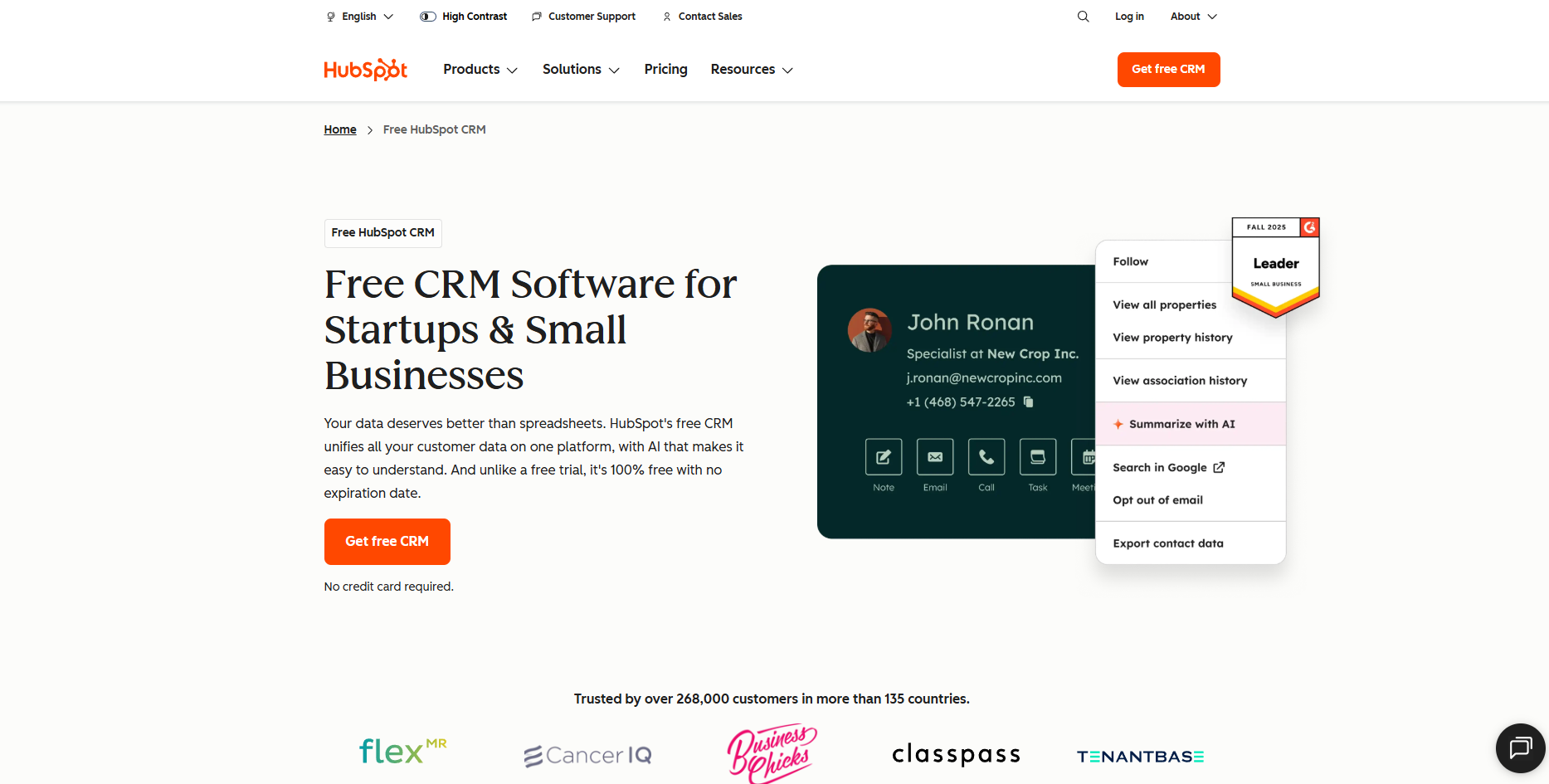
HubSpot Sales Hub provides a unified CRM ecosystem where sales engineers can track client interactions, manage deals, and organize documentation across the buying journey. However, it lacks specialized AI support for technical proposal writing or RFP collaboration, which are important for sales engineering teams managing complex solutions.
Features:
- Central CRM with contact and lead management, deal pipelines, and task tracking built into one platform.
- Includes email tracking, live chat, and built-in sales automation tools to support outreach and engagement.
- Integrates CRM with marketing and service tools, giving a unified workspace for customer data and interactions.
Pros:
- Easy to use and integrates well with marketing tools.
- Offers decent automation for standard sales processes.
Cons:
- AI capabilities are still limited compared to newer, specialized tools.
- Lacks deep integration for engineering documentation or RFP workflows.
- Customization can get expensive beyond the standard plan.
- Managing complex sales content requires multiple add-ons.
Gartner Rating: 4.4/5
HubSpot is a solid generalist CRM but lacks the intelligence and automation needed for technical proposal management.
Lavender

Lavender brings AI-driven coaching to outbound communication. It helps sales engineers and solution consultants write clearer, more personalized emails to prospects and clients. But, its scope is limited to communication enhancement, not RFP automation or engineering-focused workflows.
Features:
- Real-time AI feedback on sales emails: tone, personalization, clarity, and optimization for replies.
- Generates first-draft email copy using bullet-point input and integrates with Gmail/Outlook for seamless workflow.
- Mobile optimization and analytics built-in, so emails look good on phone and you can track what works.
Pros:
- Enhances email personalization and readability.
- Simple and quick setup for individual sellers.
Cons:
- Focused only on outbound emails, not suitable for proposal automation.
- Offers no integration with complex sales workflows or RFP systems.
- Lacks reporting and collaboration tools for teams.
- Limited long-term ROI for enterprise sales organizations.
Gartner Rating: Not Found
Lavender is a helpful writing coach, but doesn’t move the needle for technical teams managing detailed proposals and RFPs.
Outreach
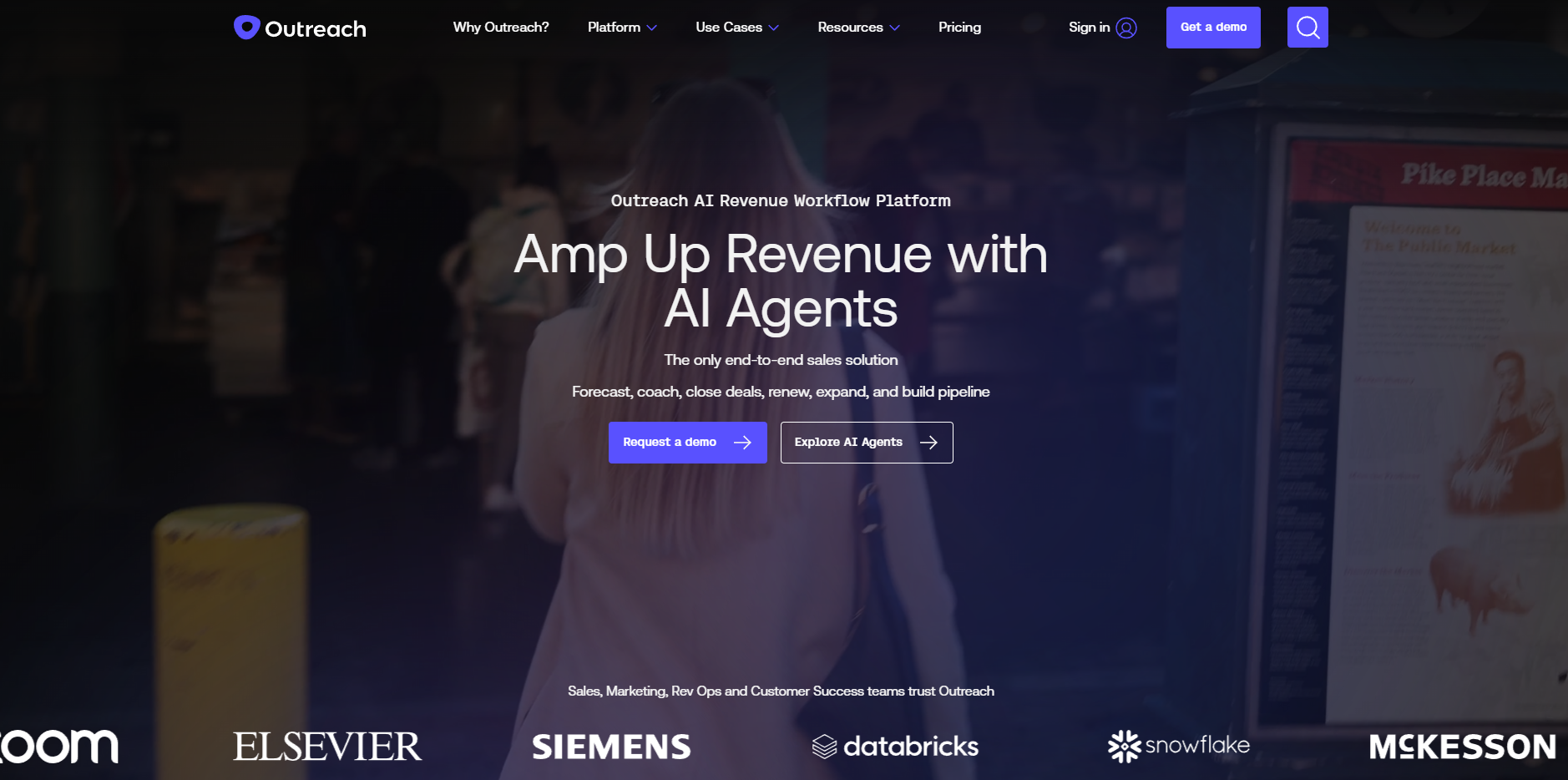
Outreach focuses on scaling outbound efforts through AI-powered engagement automation. Sales engineers can use it to coordinate sequences of emails, calls, and tasks when managing multiple stakeholders in long sales cycles. However, Outreach is designed primarily for sales development, not for proposal or technical documentation workflows where accuracy and collaboration are key.
Features:
- Automates prospecting workflows: sequences of emails, calls, tasks tailored by account and trigger rules.
- Includes multi-channel capabilities (calls, emails, social) with templates and snippets to increase response rates.
- Provides performance analytics, activity tracking, and workflow governance across sales reps.
Pros:
- Good for multi-channel outreach and activity tracking.
- Offers performance dashboards for sales reps.
Cons:
- Not designed for technical or proposal-driven workflows.
- Complex setup and long onboarding process.
- Limited AI depth beyond engagement automation.
- Requires heavy manual oversight to maintain consistency.
Gartner Rating: 4.4/5
Outreach helps scale communication, but for sales engineers focused on precision and documentation, it doesn’t deliver end-to-end efficiency.
Suggestive Alternative: Unlike Outreach, Inventive AI focuses on automating RFP responses and proposal generation, allowing sales engineers to work smarter, not harder, with 10x faster proposal creation and 95% accuracy.
Zapier
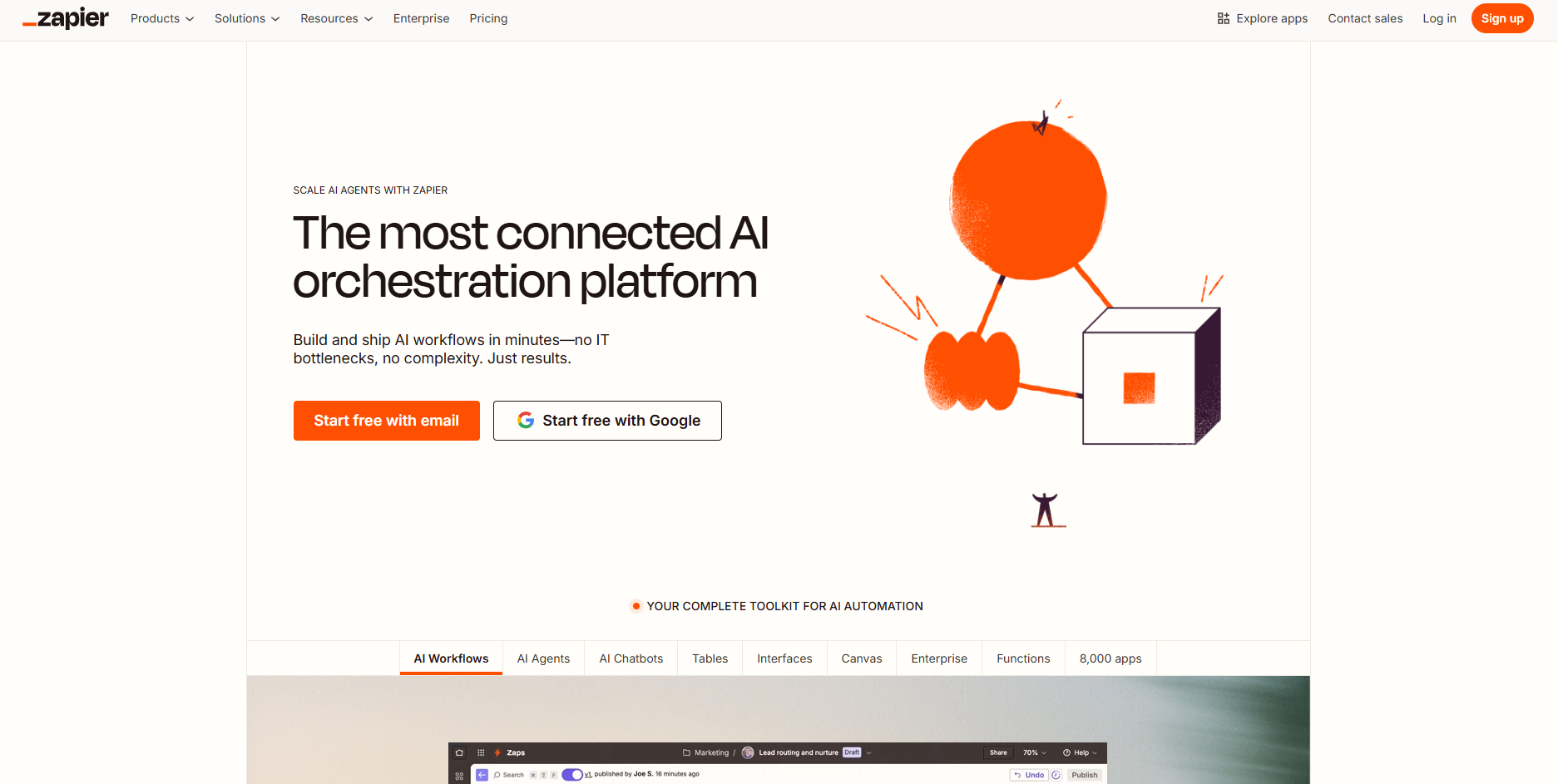
Zapier acts as a no-code automation hub that connects thousands of tools used by sales engineers, from CRMs to document storage to communication platforms. While it’s good for automating handoffs, Zapier doesn’t include AI for contextual or intelligent proposal writing, which limits its impact on RFP-heavy workflows.
Features:
- Connects thousands of apps (over 8,000) so you can build automated workflows (“Zaps”) between them without code.
- Enables no-code automation that moves data, triggers actions, and links workflows across platforms quickly.
- Supports enterprise-grade security features, integrations, and automation scale for complex operations.
Pros:
- Flexible for automating routine workflows.
- Connects thousands of apps easily.
Cons:
- Not tailored for sales engineering or RFP use cases.
- Limited AI capabilities, it only triggers tasks, not generates intelligence.
- Workflow errors can occur with large data sets or complex integrations.
- Requires ongoing monitoring and troubleshooting.
Gartner Rating: 4.6/5
Zapier automates small tasks effectively but lacks the intelligence or context to support complex proposal management.
Vivun
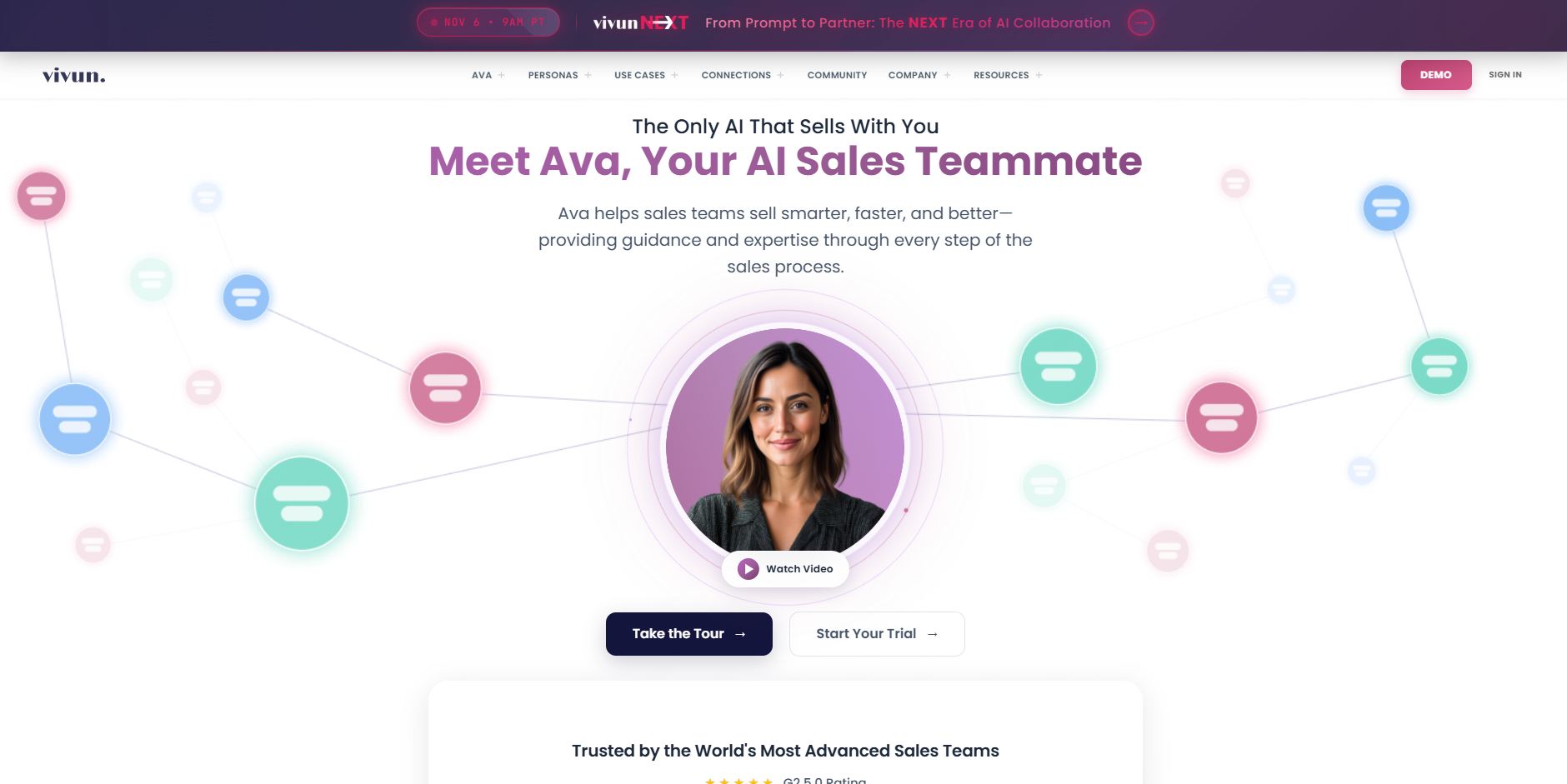
Vivun was built specifically with pre-sales and solutions engineers in mind. It provides visibility into how technical efforts influence deals, using AI to measure “technical win” rates and track presales impact. However, Vivun doesn’t automate RFP creation or manage complex proposal workflows, it’s better suited for performance visibility.
Features:
- Built for pre-sales/solutions engineering: provides AI-powered insights and outputs that accelerate deal advancement.
- Centralizes presales workflows, tracks technical win metrics, and aligns product, sales, and enablement teams.
- Allows sales engineering teams to capture value-impacting activities and connect them to deal outcomes.
Pros:
- Helps track pre-sales metrics and team performance.
- Provides alignment between sales and engineering.
Cons:
- Narrow focus on pre-sales tracking, not full proposal creation.
- Limited AI automation compared to newer platforms.
- Can be costly for teams needing broader RFP management.
- Reporting dashboards require manual customization.
Gartner Rating: 4/5
Vivun supports pre-sales collaboration but lacks the automation and intelligence to transform RFP response and proposal workflows.
Otter.ai
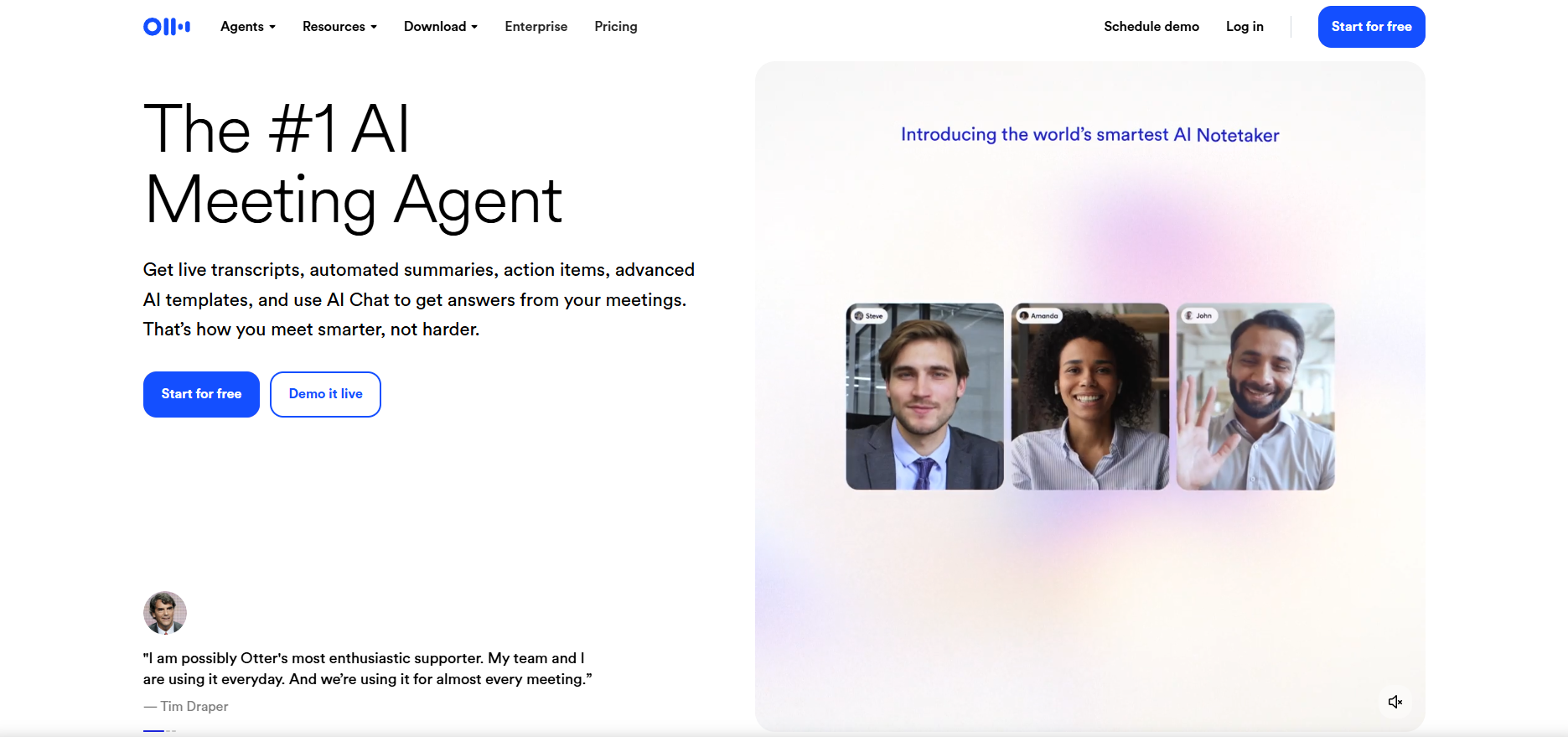
Otter.ai helps sales engineers capture technical conversations accurately by transcribing meetings in real time. It identifies key moments and action items from demos, discovery calls, or internal syncs, ensuring nothing gets lost. But, it stops short of content automation or RFP drafting, limiting its role to documentation support.
Features:
- Real-time transcription of meetings on Zoom, Google Meet, Microsoft Teams, plus slide capture and searchable text.
- Generates live meeting summaries, captures action items, and supports multi-participant environments.
- Supports multiple languages (US English, UK English, Spanish, French) for transcription and review.
Pros:
- Provides accurate transcription for meetings and calls.
- Easy to integrate with conferencing tools.
Cons:
- Only handles transcription, no role in proposal or sales automation.
- Limited contextual understanding for technical discussions.
- Lacks integration with RFP or CRM systems.
- Offers minimal collaborative functionality for teams.
Gartner Rating: 4.2/5
Otter.ai captures what’s said in meetings, but won’t help your team build, manage, or automate proposals.
Gamma

Gamma turns outlines and technical notes into polished presentation decks within minutes. For sales engineers, it’s useful when creating product demos, proposal visuals, or quick customer-ready slides without relying on design tools. However, it focuses on visual storytelling, not on managing complex proposal content, version control, or RFP accuracy.
Features:
- Turns your text, outline, or URL into a polished presentation deck in minutes.
- Uses smart layouts and automatic formatting so even non-designers end up with professional-looking slides.
- Lets you export or share in multiple formats (PDF, PPTX, web link) and supports real-time collaboration.
Pros:
- Speeds up slide and deck creation.
- Produces visually appealing outputs for presentations.
Cons:
- Not designed for technical documentation or proposals.
- Limited data privacy controls for enterprise use.
- Lacks collaboration and version control features.
- Minimal customization for sales engineering content or structure.
Gartner Rating: Not Found
Gamma can help you create visuals faster, but it doesn’t support the strategic and technical content creation sales engineers depend on.
Each of these tools solves part of the problem, some improve communication, others handle forecasting or outreach. But when it comes to what truly matters for sales engineers: creating precise, compliant, and high-quality proposals at speed, they stop short.
Inventive AI bridges that gap. Purpose-built for sales engineering, it unites knowledge management, intelligent automation, and unmatched accuracy in one powerful platform.
Also Read: How RFP Template Automation Software Can Create Faster Responses
Features to Consider While Choosing Sales Engineering Tools
Selecting the right tool isn’t just about picking the latest brand, it’s about matching capabilities to the needs of your sales engineering workflow. Here are five key features you should evaluate.
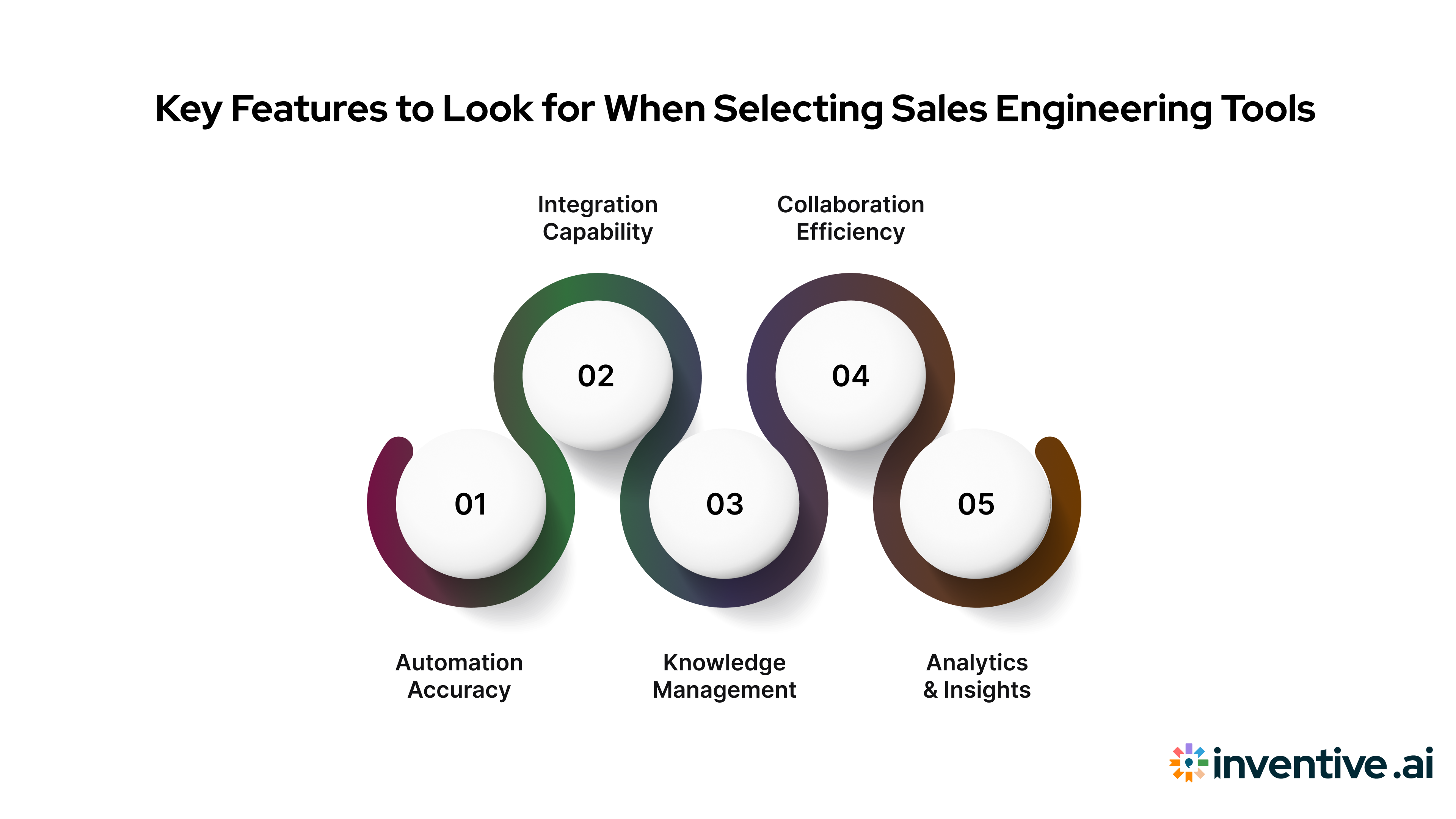
1. Automation Accuracy
Accuracy is everything in sales engineering. The right tool should generate precise, error-free responses that you can trust. A system that delivers consistent, high-quality outputs not only reduces time spent editing but also reinforces your team’s credibility with prospects. When clients see accurate, relevant answers in every proposal, it builds confidence in your technical expertise and reliability.
2. Integration Capability
Your AI tool should fit naturally into your existing workflow. It must integrate smoothly with your CRM, document repositories, and collaboration platforms like Google Drive or SharePoint. This ensures your team can access real-time information without switching between tools or manually uploading data. The fewer barriers between your systems, the faster your sales engineers can work and respond to opportunities.
3. Kowledge Management
A centralized knowledge base is the backbone of efficient proposal creation. Your tool should be able to store and manage all your past RFPs, answers, and internal documentation in one organized hub. This helps prevent duplicate efforts, eliminates outdated content, and ensures every response pulls from the most accurate and approved information available.
4. Collaboration Efficiency
Sales engineering is a team effort that involves proposal managers, SMEs, and solution architects. The ideal tool allows everyone to collaborate in real time, through shared editing, commenting, version control, and instant notifications. This level of collaboration minimizes delays, prevents miscommunication, and helps your team deliver proposals faster with higher quality.
5. Analytics & Insights
Beyond automation, your tool should help you understand what’s working and what isn’t. Advanced analytics can show which responses drive wins, how much time your team saves, and how often certain content is reused. Tracking performance over time gives you a clear view of your efficiency and helps you refine your future responses based on data, not guesswork.
If the tool you choose checks most of these boxes, you’ll be far better positioned to improve productivity, accuracy, and ultimately your win rates.
Challenges in Sales Engineering Automation (and How to Solve Them)
Even with the best intentions, deploying AI-powered tools in sales engineering brings obstacles. Let’s run through five common challenges and pragmatic solutions.
.png)
1. Data Silos
Information often lives in too many places, spreadsheets, shared drives, and old email threads. This makes it hard for your team to find accurate data when building proposals.
Choose a platform that brings everything together by connecting past proposals, documents, and internal systems into one shared repository. It saves time and ensures everyone works with the same updated information.
2. Training and Adoption
Teams can hesitate to use new tools, especially if they don’t see value right away. Without early buy-in, adoption can lag.
Start small with a pilot. Involve your sales engineers from day one and demonstrate quick wins, like hours saved or faster proposal drafts, to build confidence and adoption.
3. Poor Implementation Costs
Even advanced tools fail if they’re not set up correctly. A weak rollout wastes both time and money.
Define measurable goals such as reduced turnaround time or improved win rates. Track performance after launch to make sure the tool delivers real impact.
4. Content Accuracy and Hallucination Risks
AI-generated responses can sometimes include outdated or incorrect data, which hurts credibility.
Use tools that validate content and guarantee accuracy. Look for platforms that ensure 0% hallucination and automatically flag outdated information.
5. Change Management
Adopting new workflows can be uncomfortable for teams used to traditional processes.
Provide hands-on training, appoint internal champions, and roll out automation in phases. Gradual change makes adoption smoother and long-lasting.
If you proactively address these pain points, you’ll accelerate adoption and drive meaningful outcomes from your AI investments.
How AI Automates Sales Engineering Tools
You know that your sales engineering team deserves more time creating value instead of managing the process. Here’s how AI changes the math for you.
.png)
- Time Saved on Manual Work: Research shows that sellers often spend only ~25% of their time actually selling because the rest is eaten up by supporting tasks.
- Revenue Growth Impact: Studies indicate that sales teams using AI are 25% more likely to see revenue growth than those who aren’t.
- Error Reduction & Consistency: AI tools reduce response variability, enforce knowledge-base integrity, and flag conflicts within content, meaning higher accuracy across responses.
- Faster First Drafts: Instead of reinventing answers each time, AI draws on existing content to generate high-quality drafts quickly, enabling your team to focus on refinement and strategy rather than starting from blank.
- Proactive Insights & Win Themes: AI can analyze past wins and losses, surface patterns (win themes), and suggest content areas for future responses, making your team smarter over time.
When you apply AI to your sales engineering workflows correctly, you transform your team from being defenders of repetitive tasks to drivers of performance and revenue. Inventive AI makes that transformation real, automating first drafts, ensuring 95% response accuracy, and turning every RFP into a faster, smarter path to winning deals.
Also Read: RFP Content Library: The Complete Guide to AI Automation
Frequently Asked Questions (FAQs)
1. What are the best AI tools for sales engineers in 2025?
The best tools range across proposal automation (Inventive AI), conversation intelligence (Gong), CRM and revenue forecasting (Clari, HubSpot), email optimization (Lavender), outreach platforms (Outreach), workflow automation (Zapier), pre-sales management (Vivun), meeting transcription (Otter ai), and presentation generation (Gamma). The right selection depends on your workflow gaps.
2. How does Inventive AI help sales engineers close more deals?
Inventive AI’s AI RFP Agent accelerates response time, centralizes your knowledge sources, ensures high accuracy, identifies win-themes and gaps, and empowers your team to send higher-quality proposals faster. The outcome: higher win rates and lower cost per response.
3. Are AI tools replacing sales engineers?
No. While AI handles repetitive tasks and enhances productivity, sales engineers still play the key role of crafting technical solutions, engaging stakeholders, handling unique requirements, and driving relationships. AI supports you, it doesn’t replace you.
4. What should I look for when choosing AI-powered sales software for engineering teams?
Focus on accuracy, integration with your knowledge base and systems, collaboration features for cross-functional teams (SMEs, sales, engineering), automation of repetitive tasks, and analytics that track win themes and efficiency. Avoid tools that only scratch the surface.
5. How much do AI sales engineering tools typically cost in 2025?
Pricing can vary widely, from per-user subscriptions for smaller tools to enterprise contracts for full suite platforms. Costs will depend on the number of users, volume of content processed (e.g., RFPs), level of customization, and integrations required. Always evaluate ROI based on time savings, improved win rates, and reduced manual effort.


